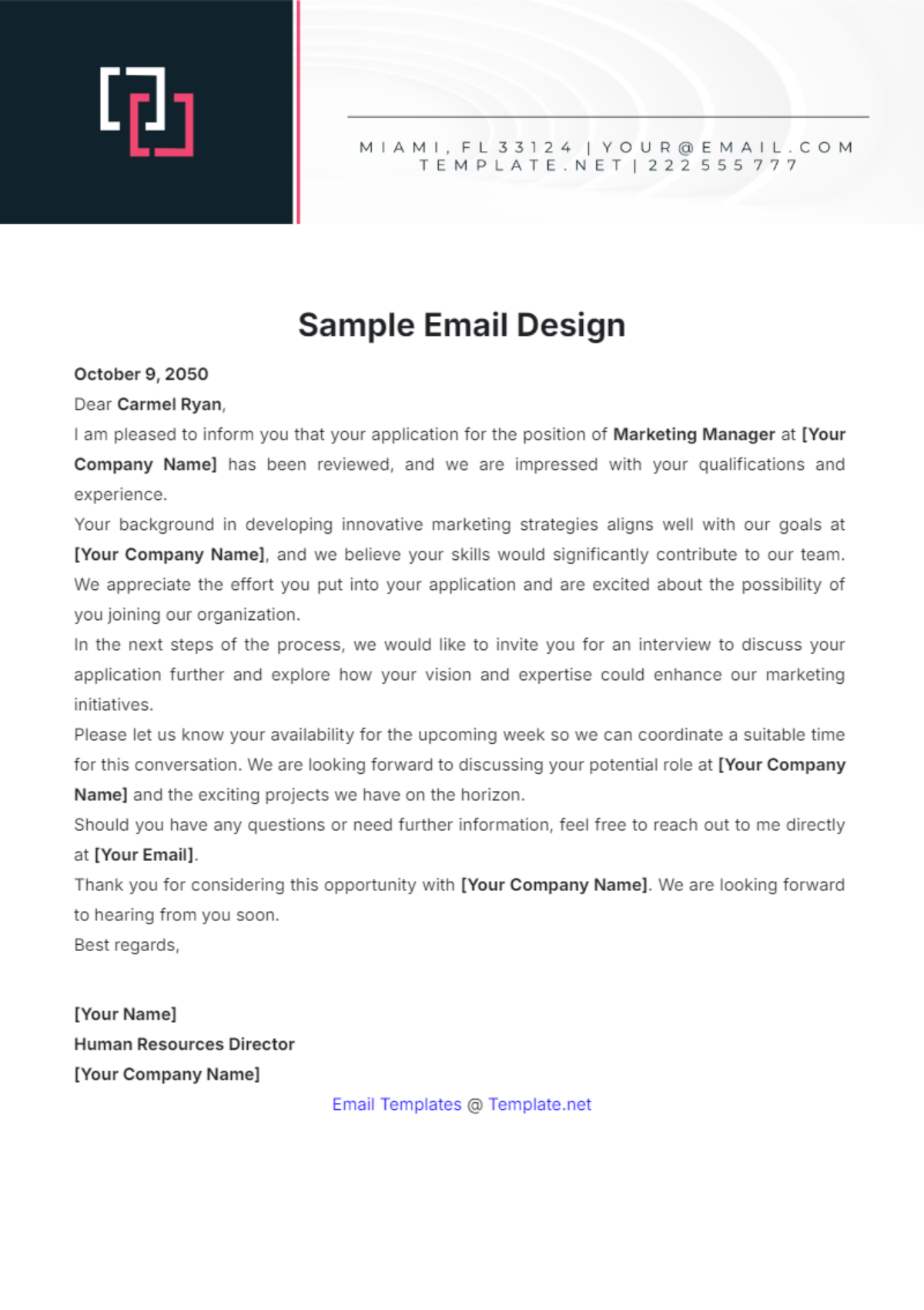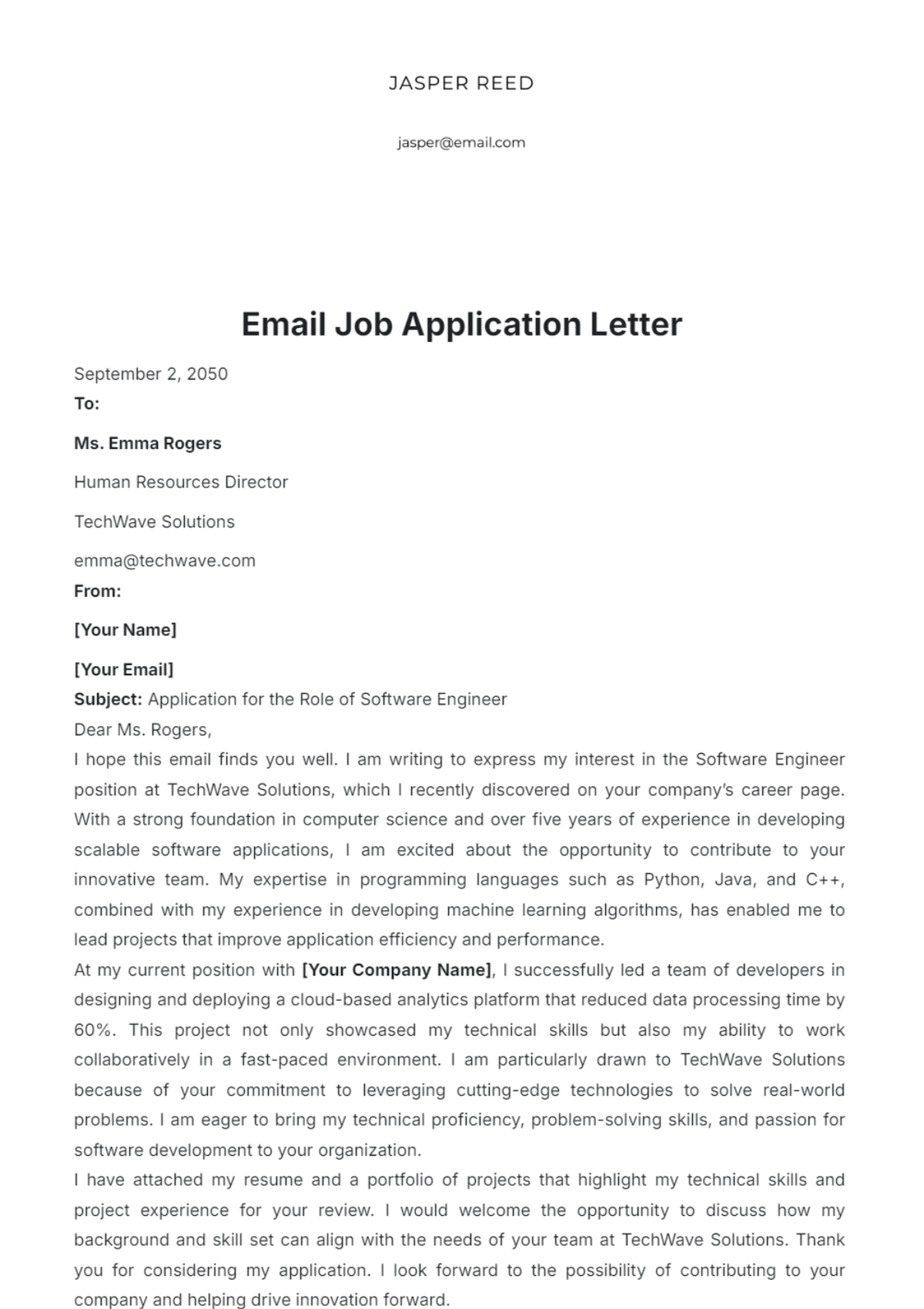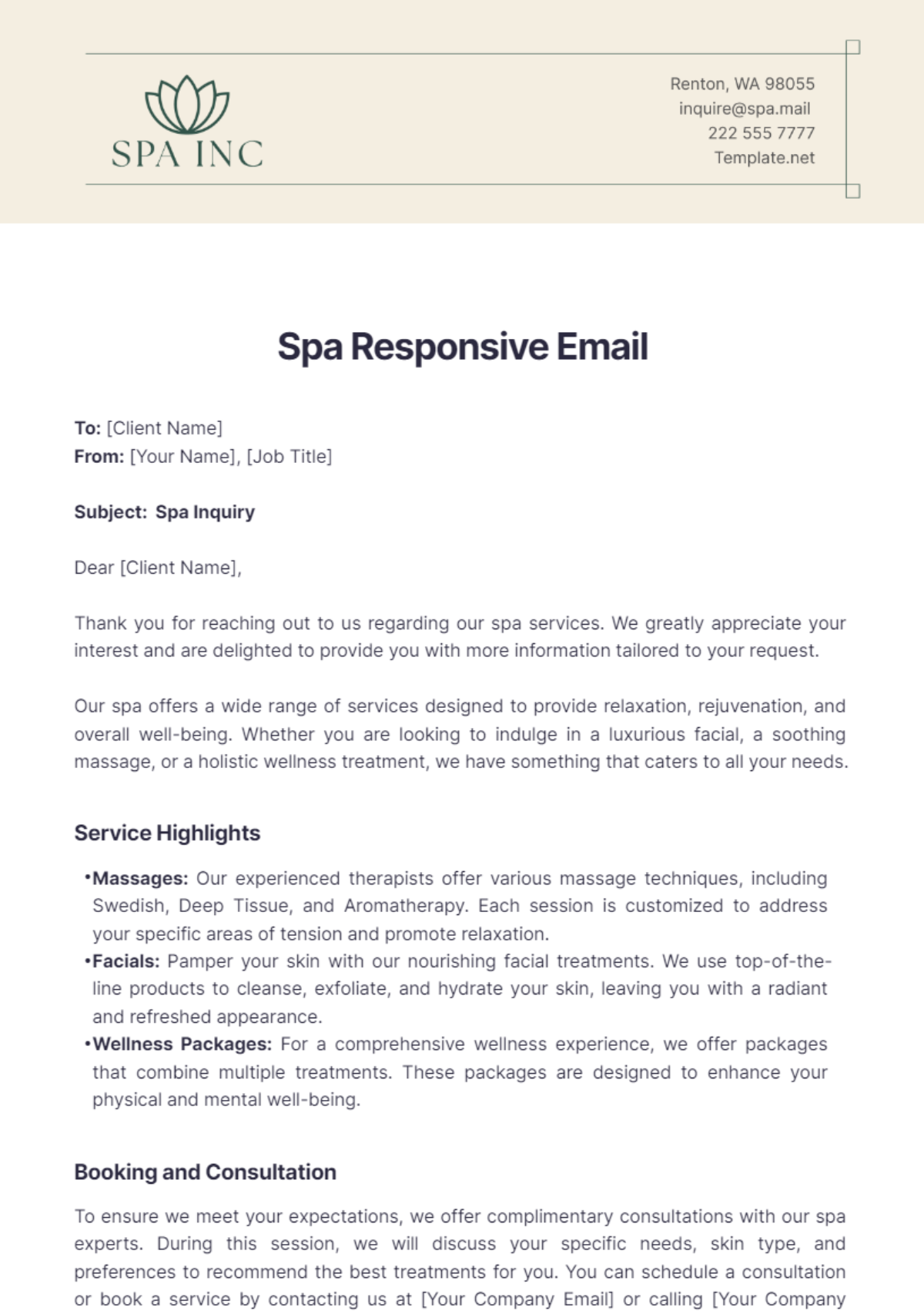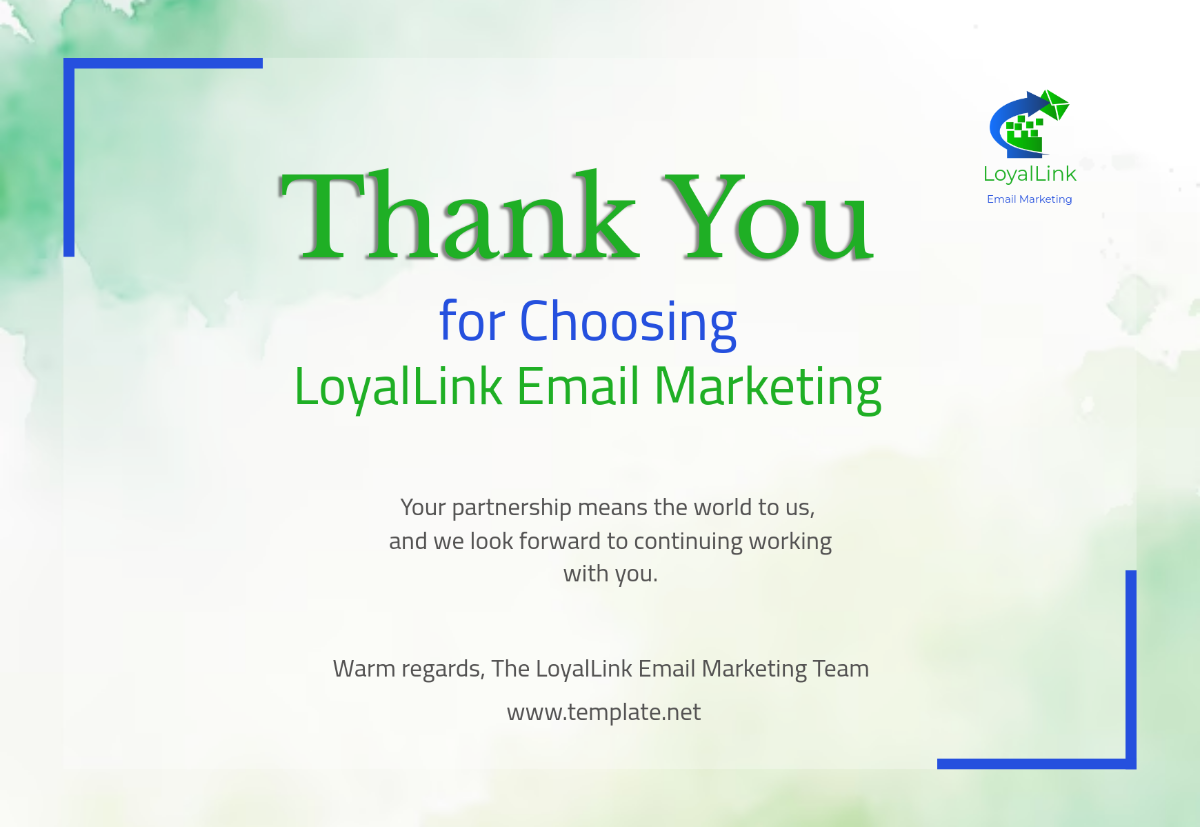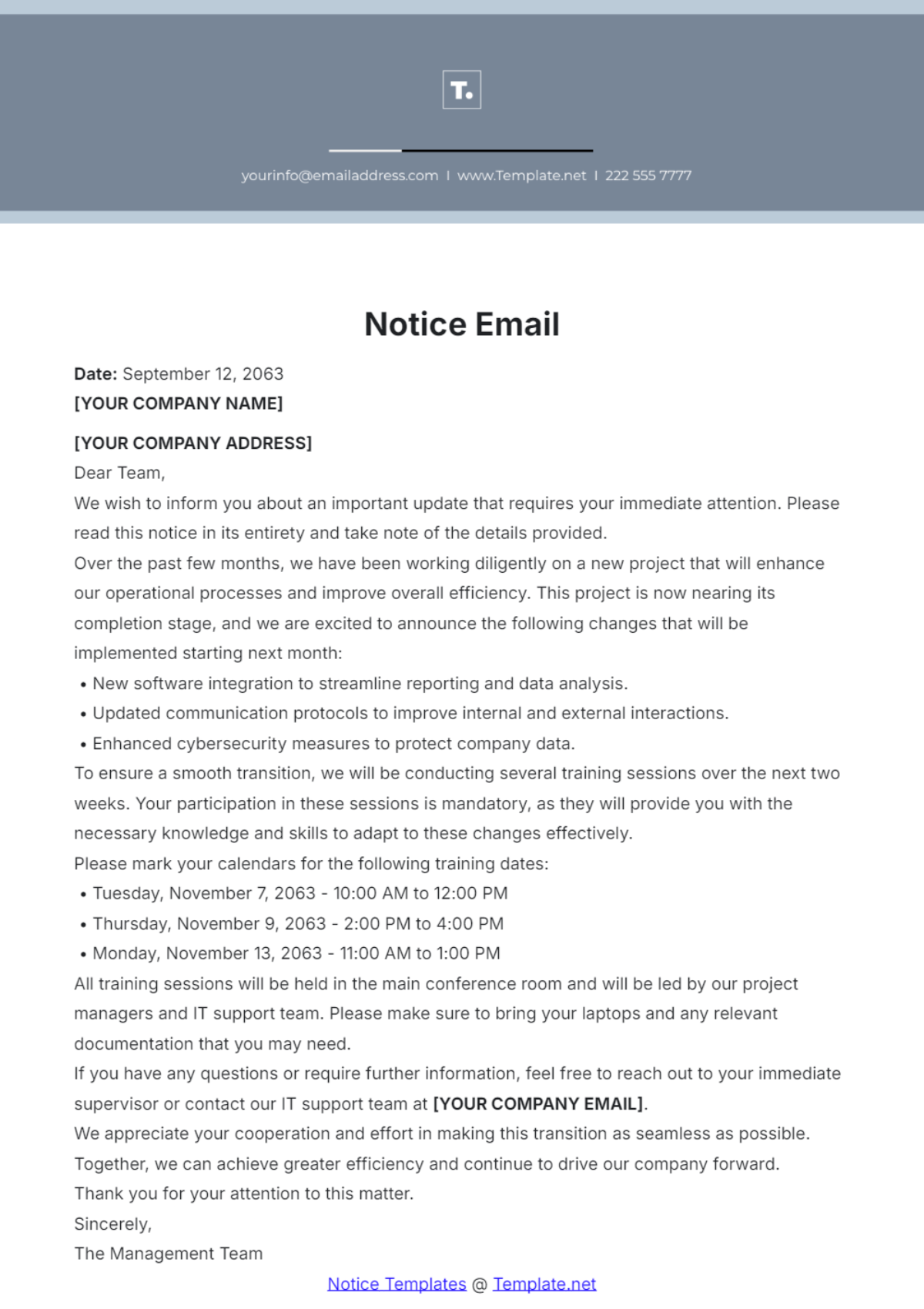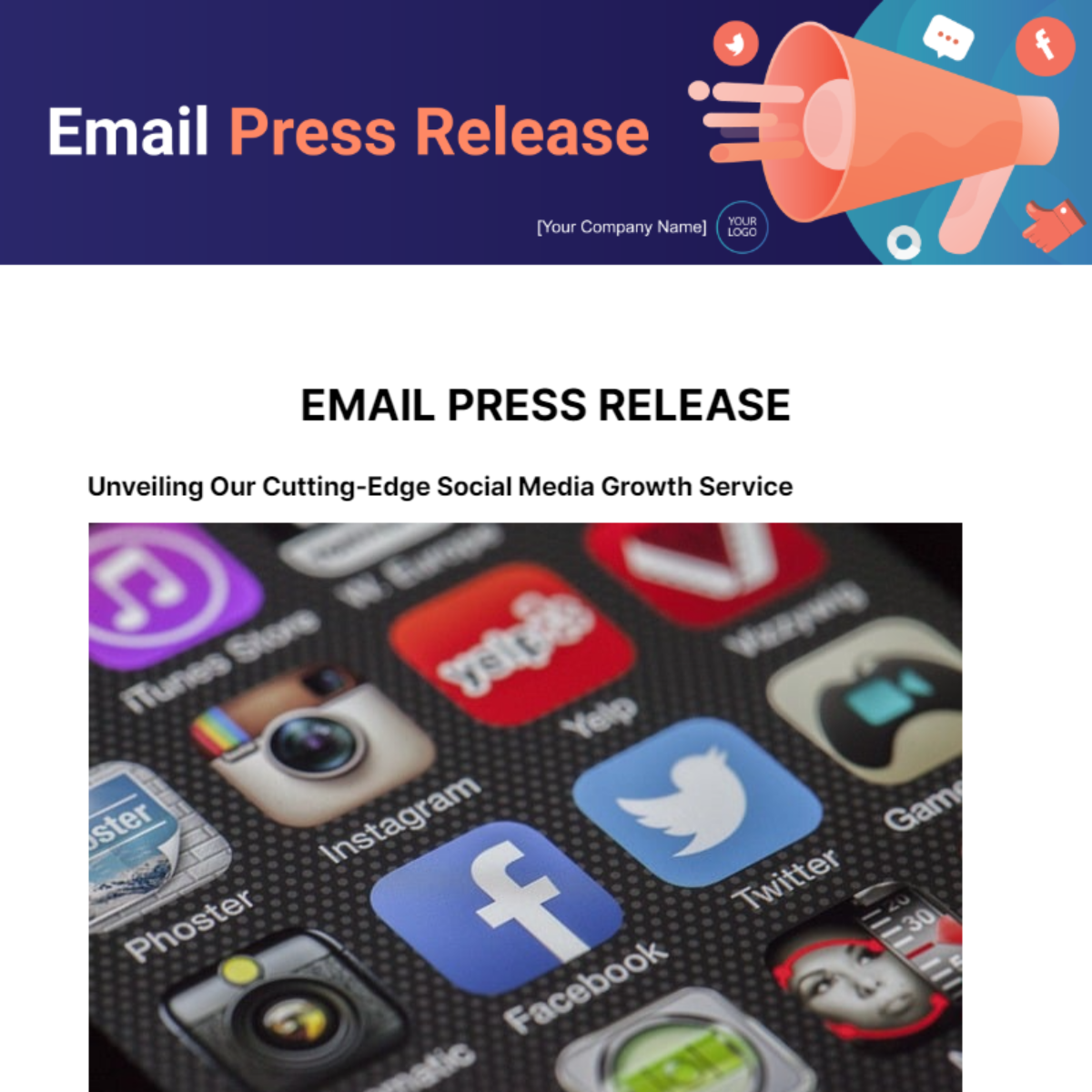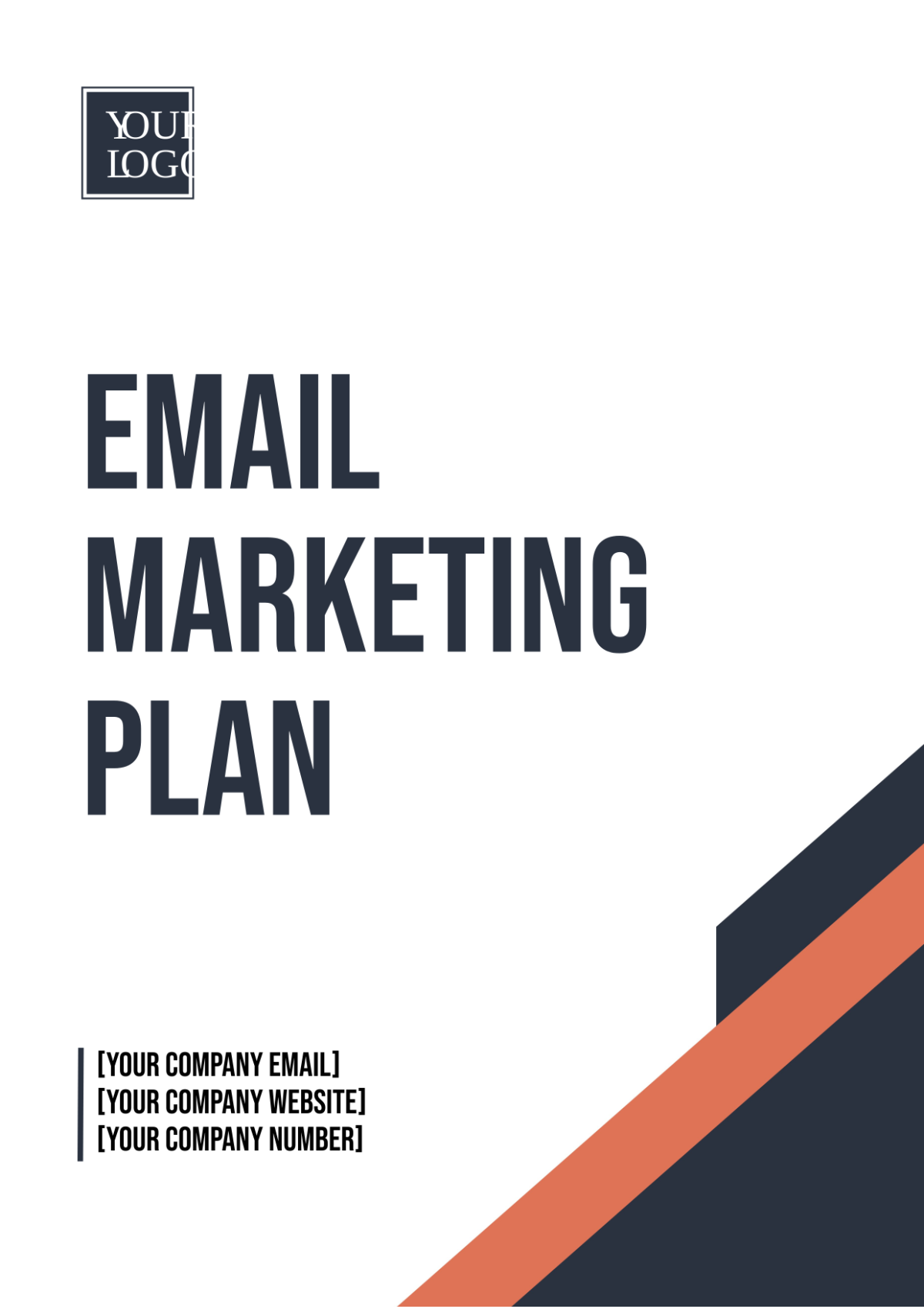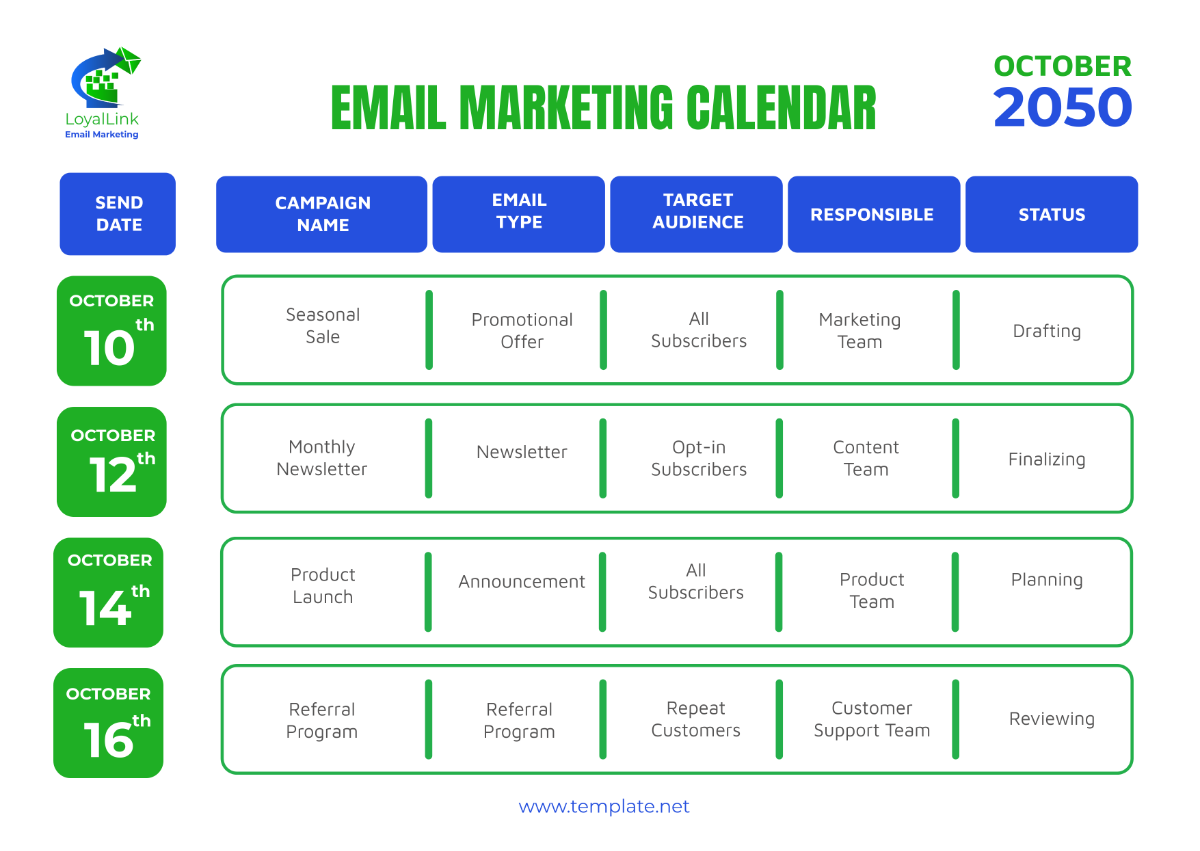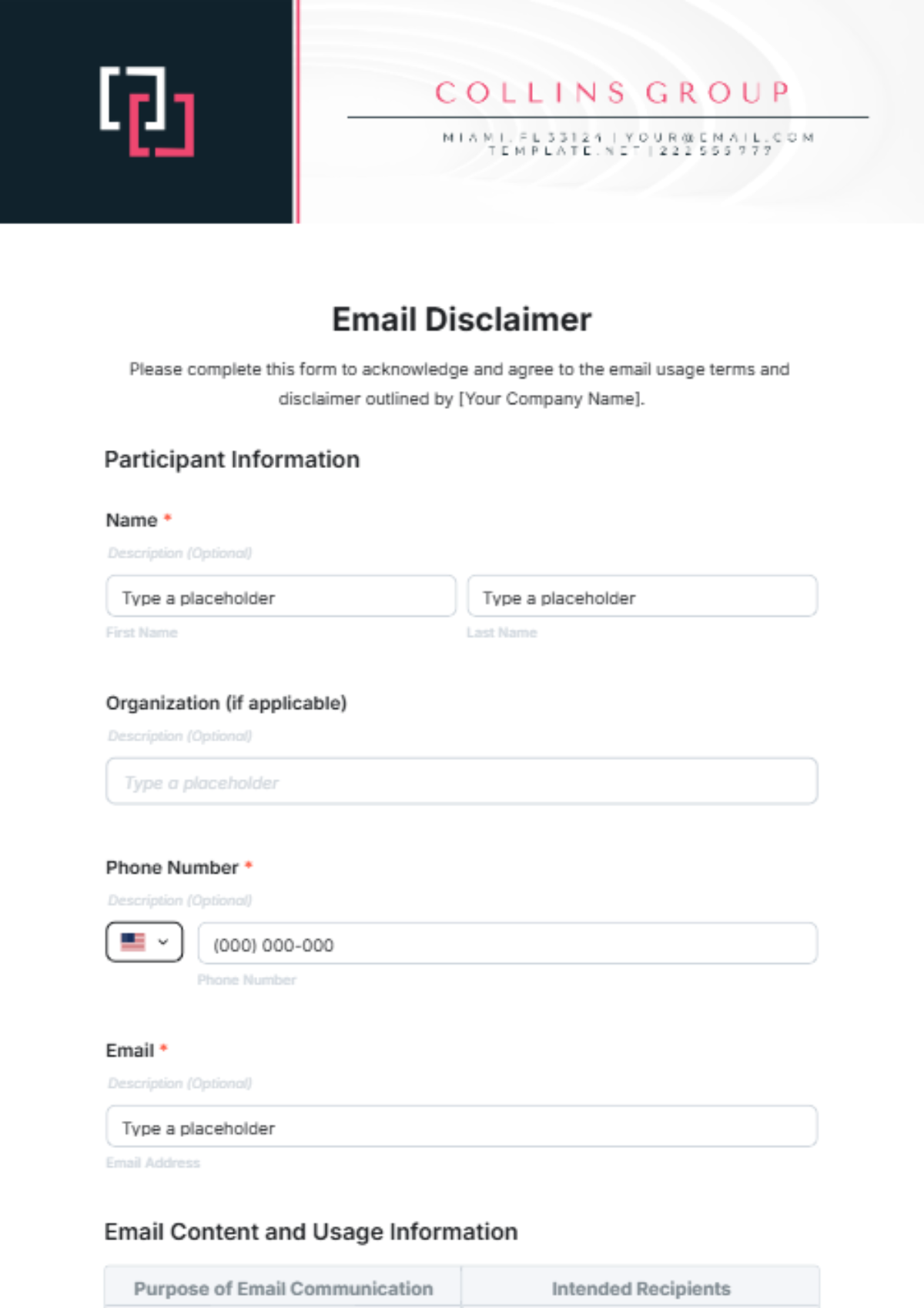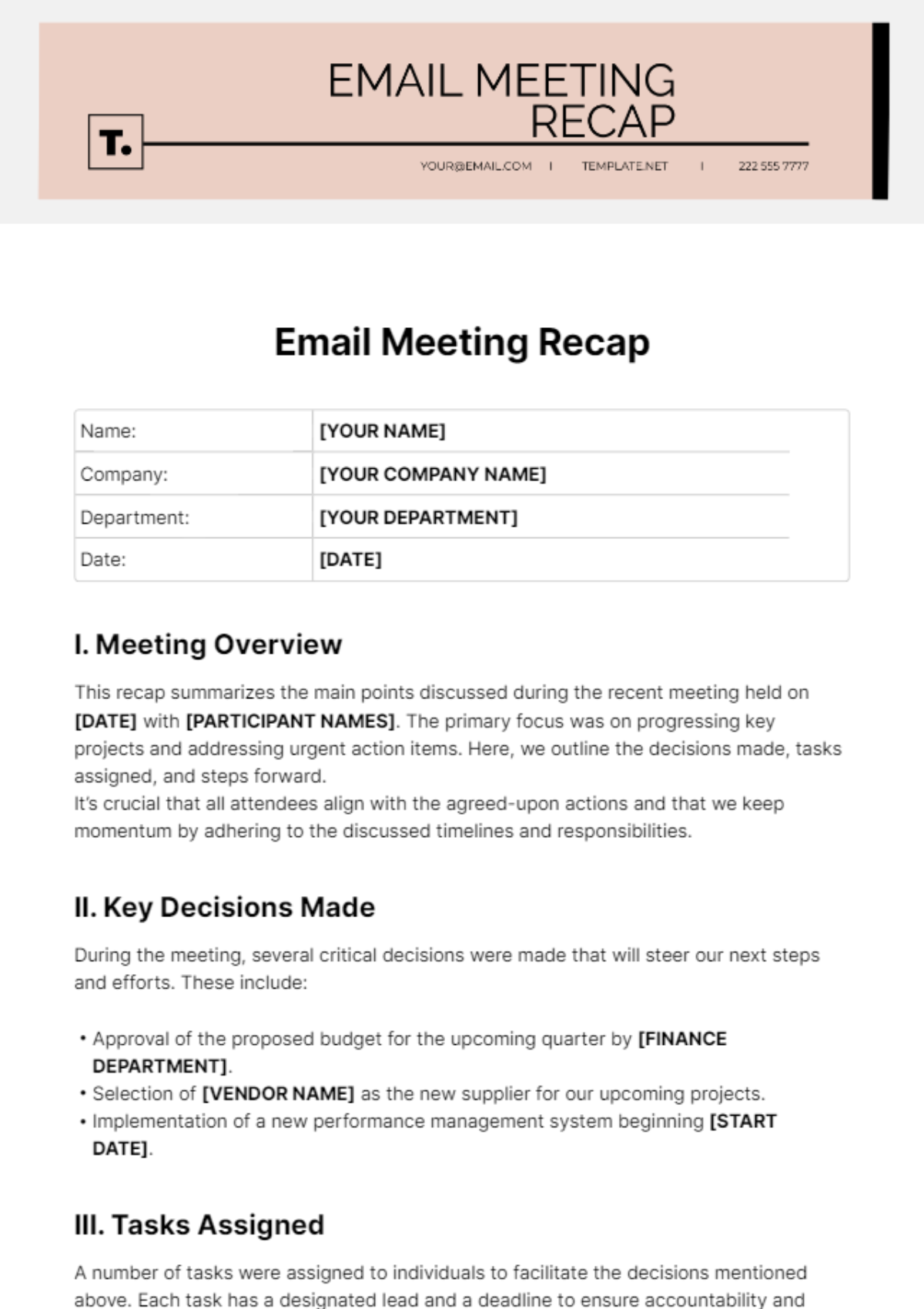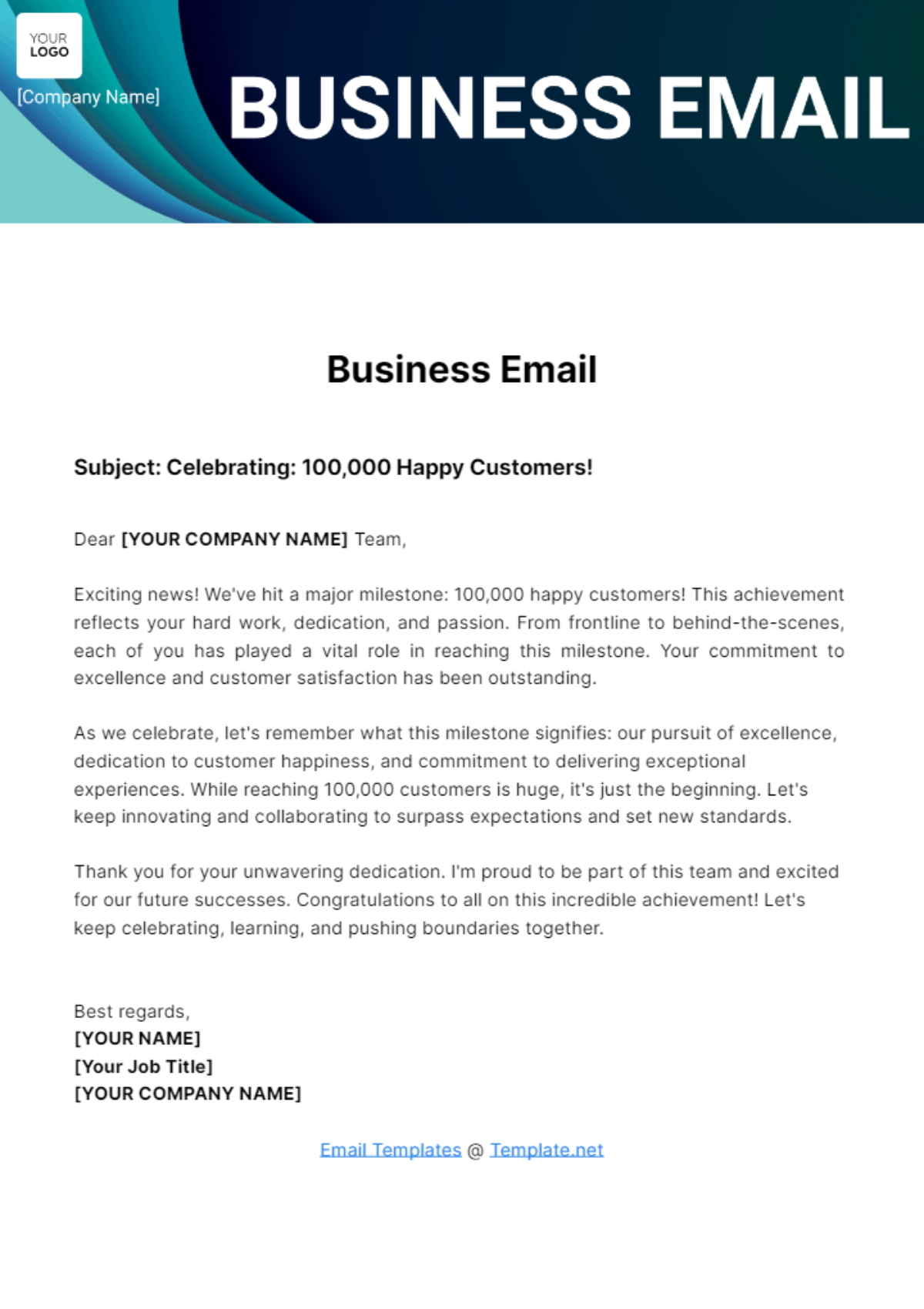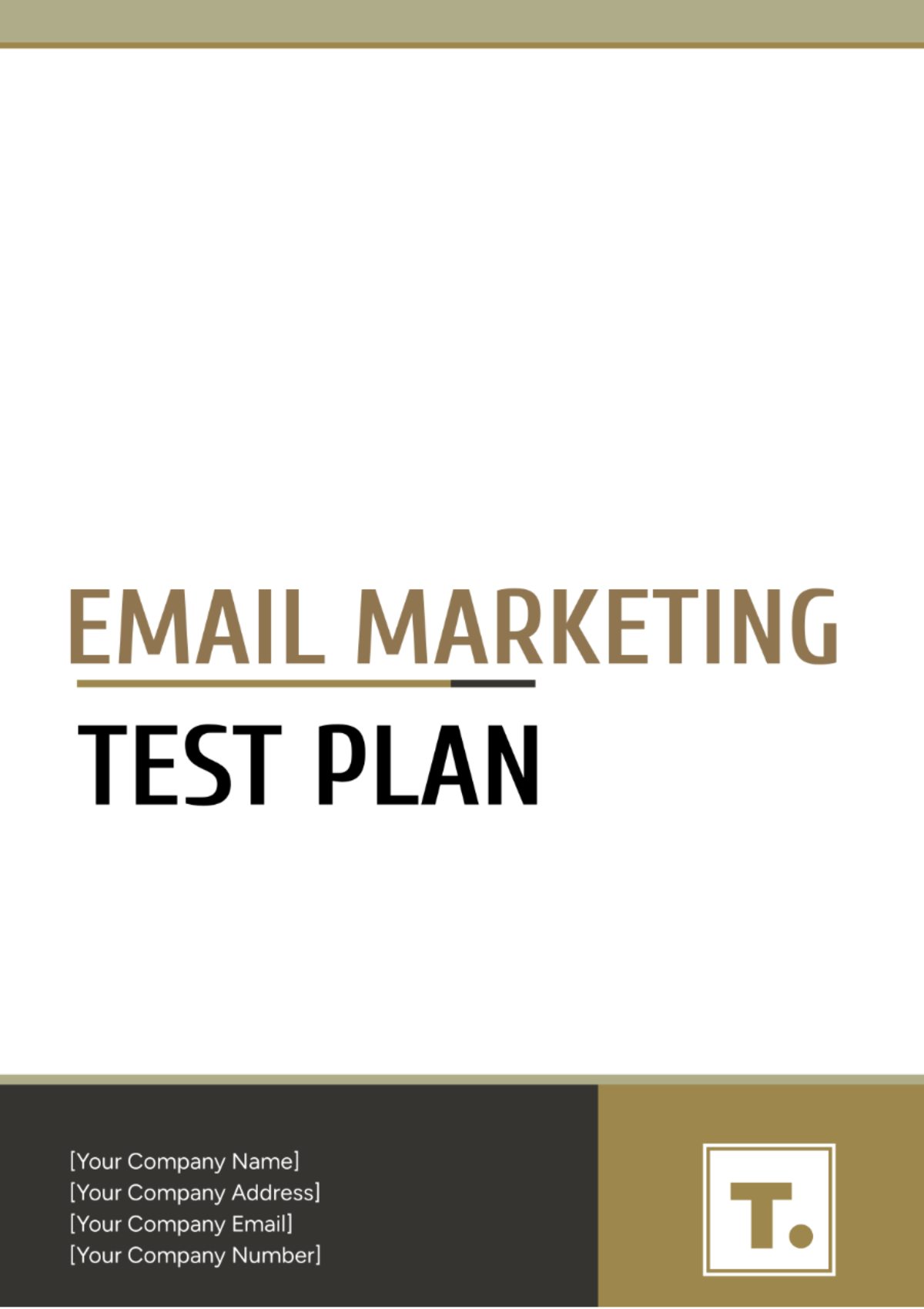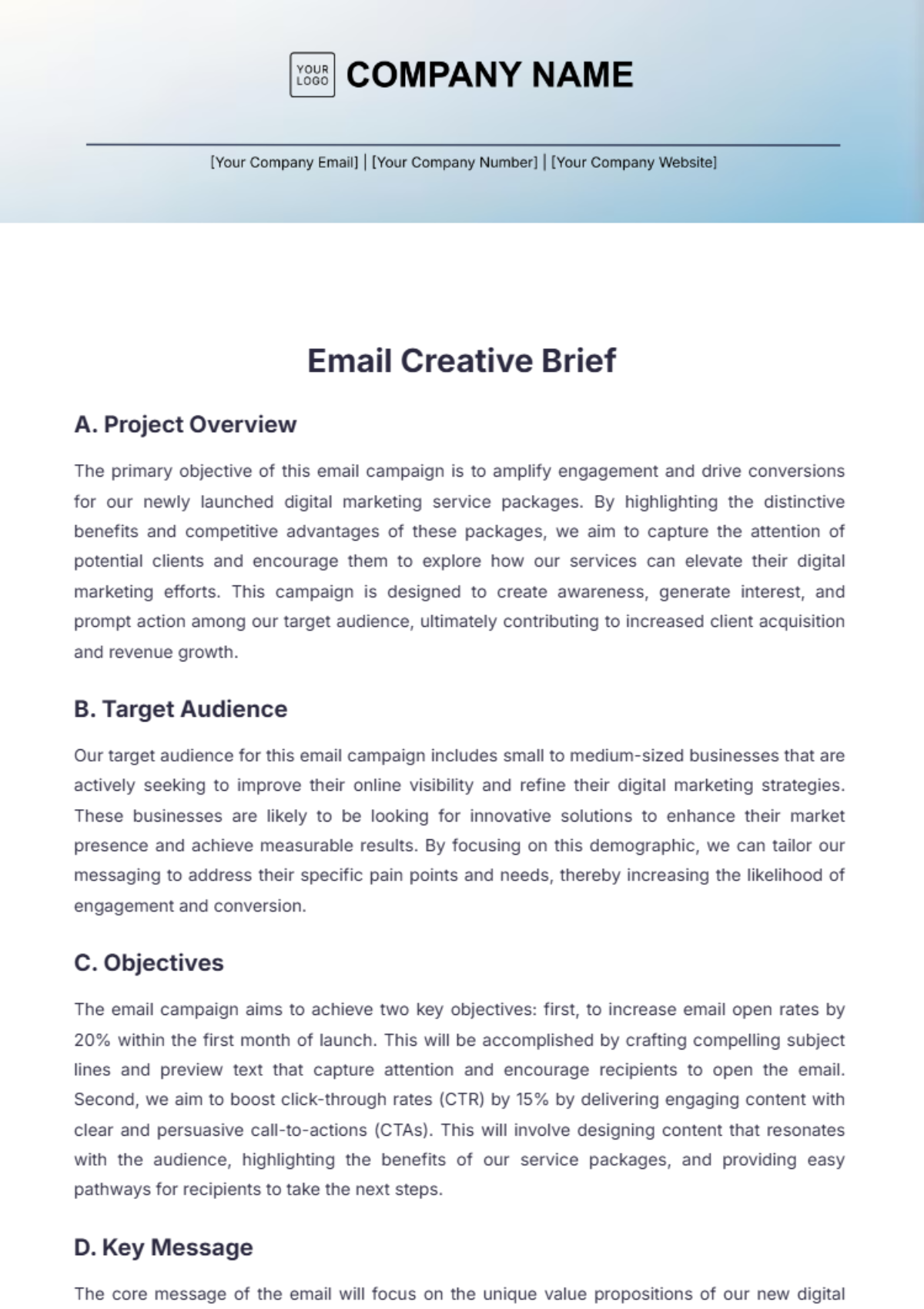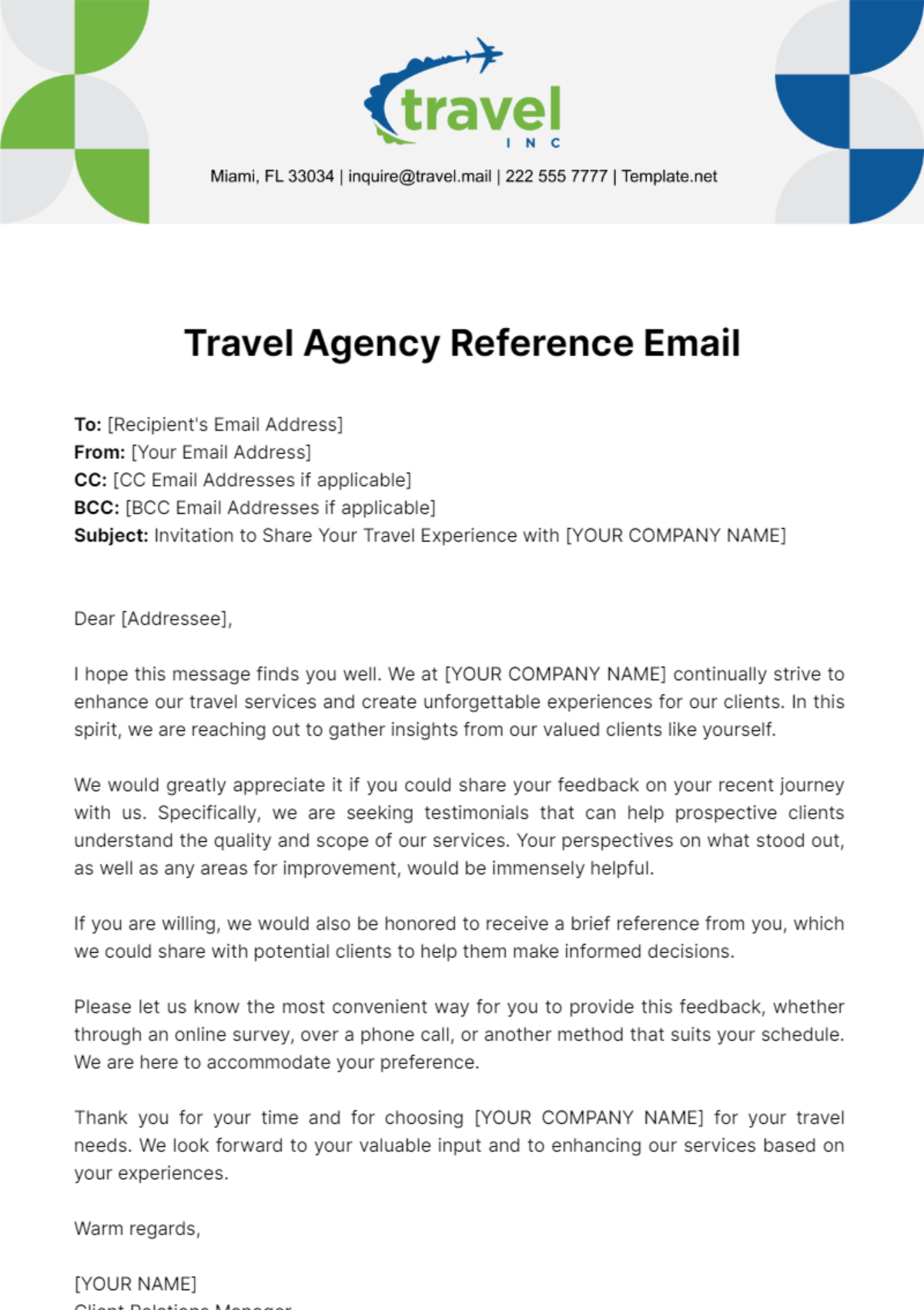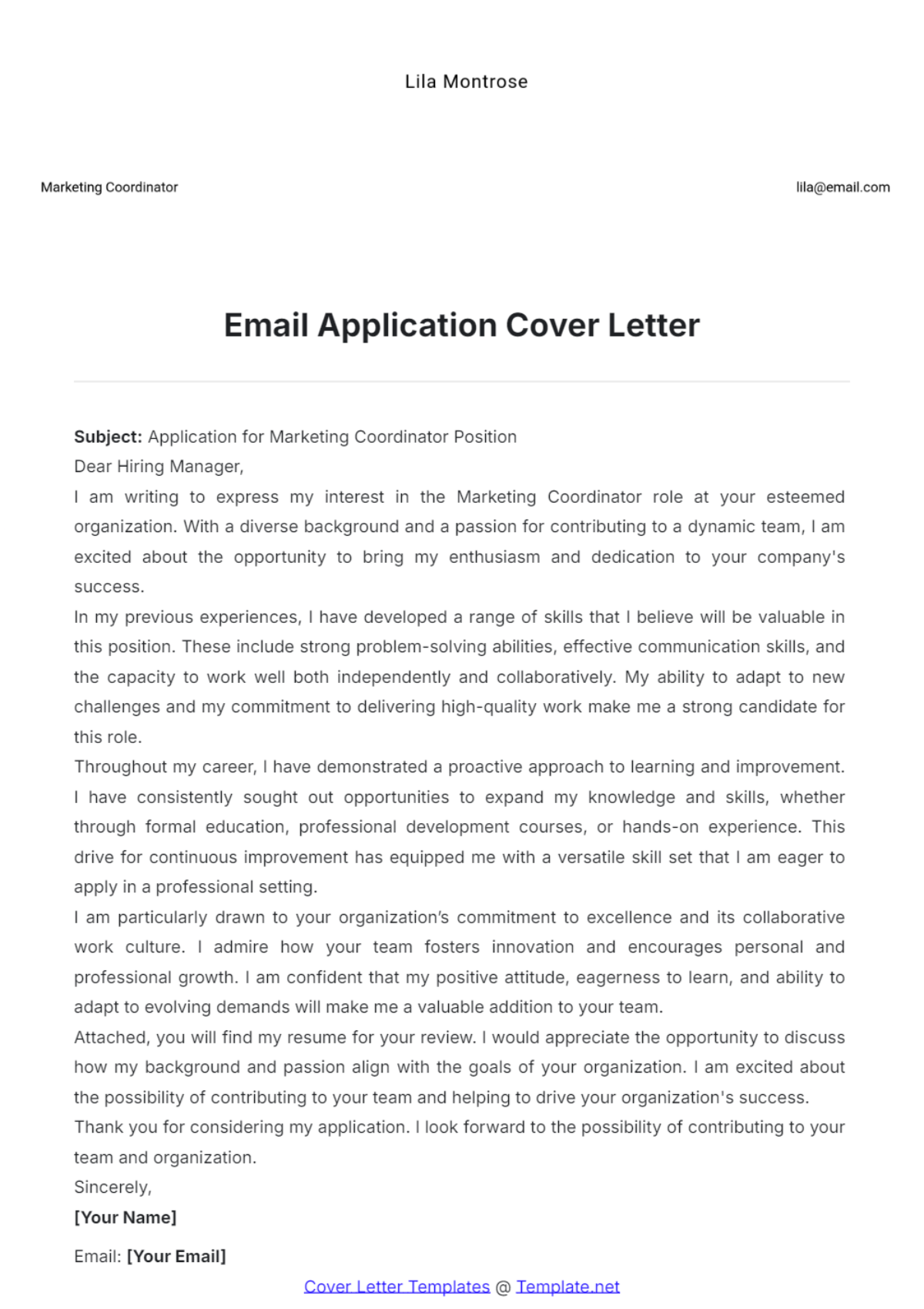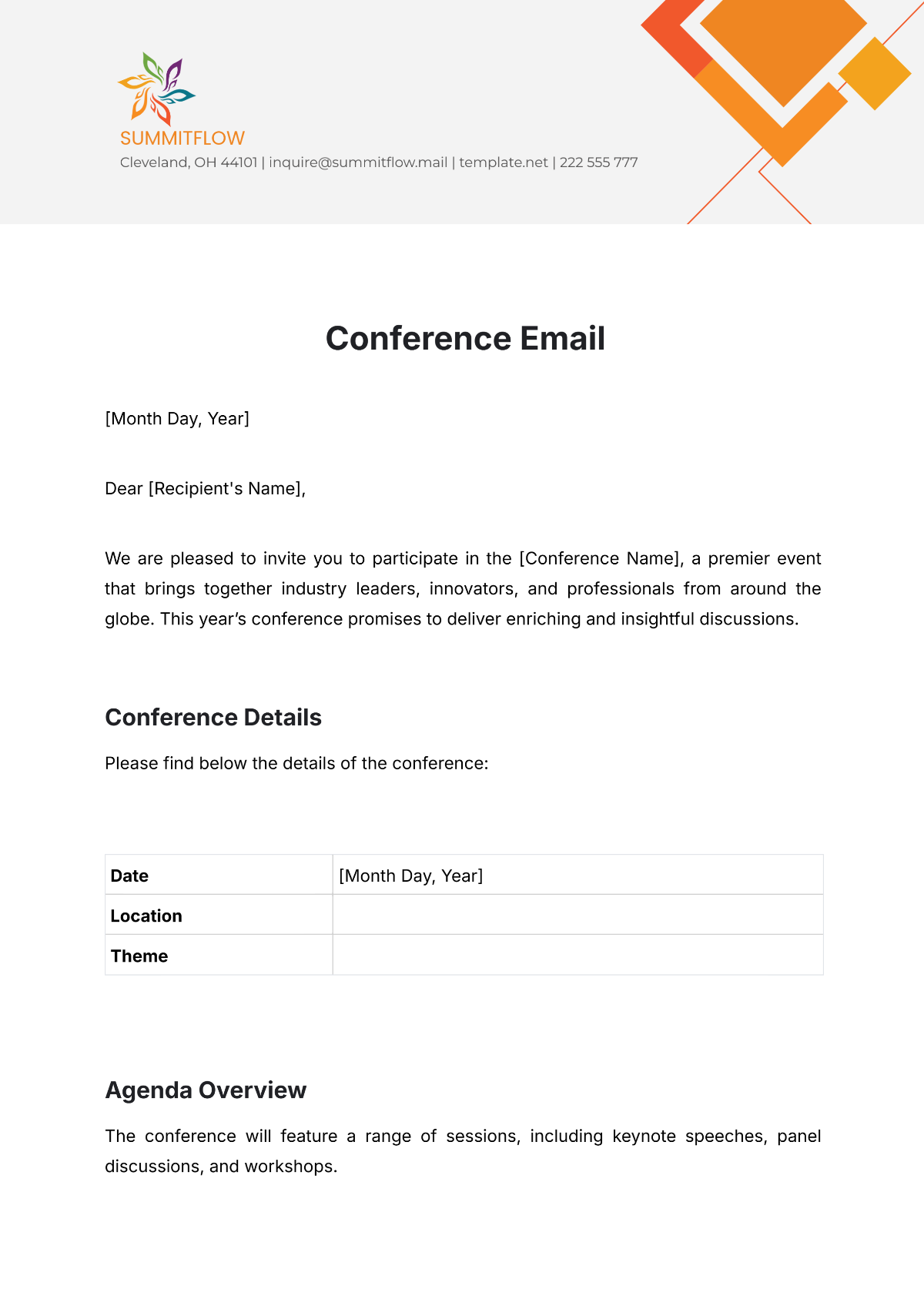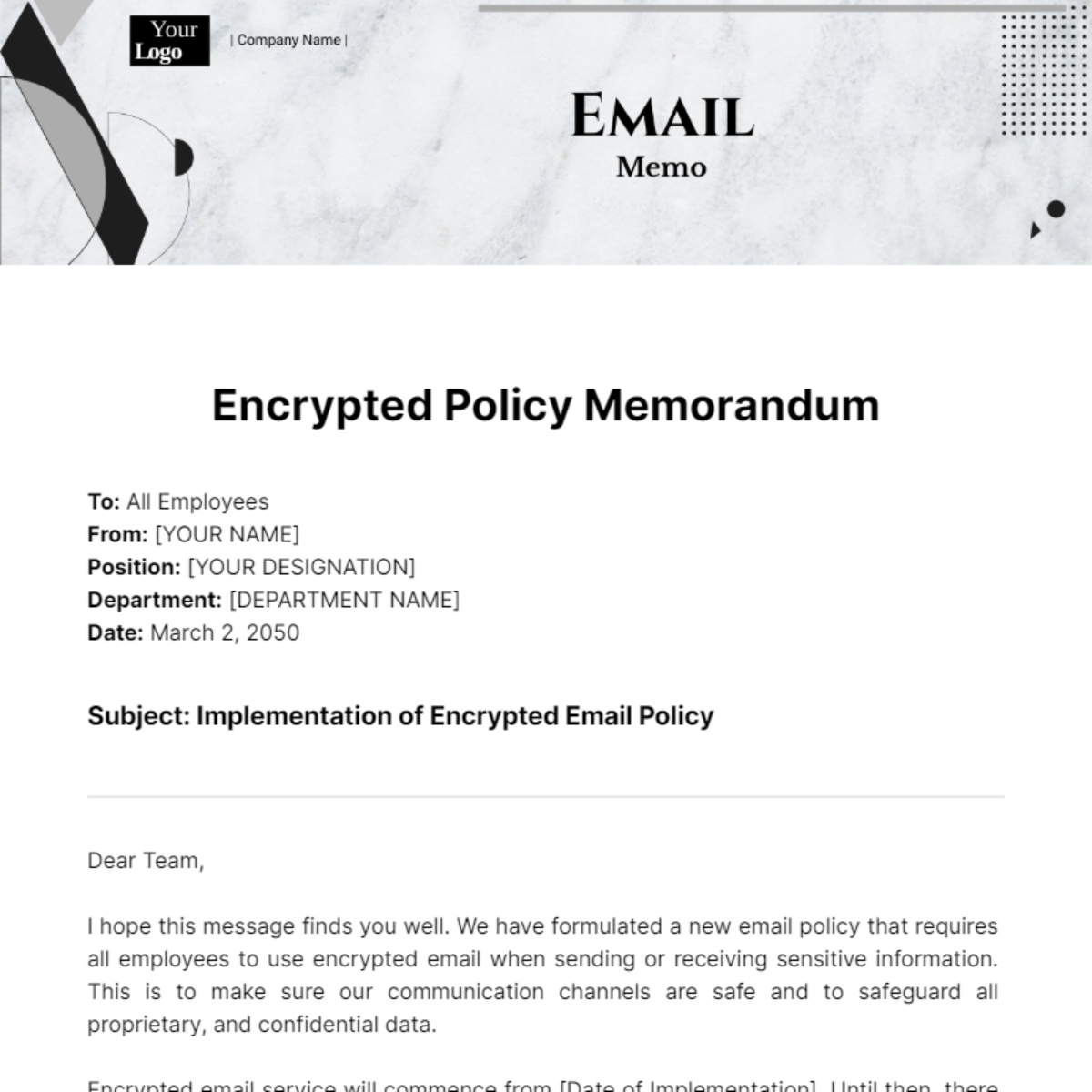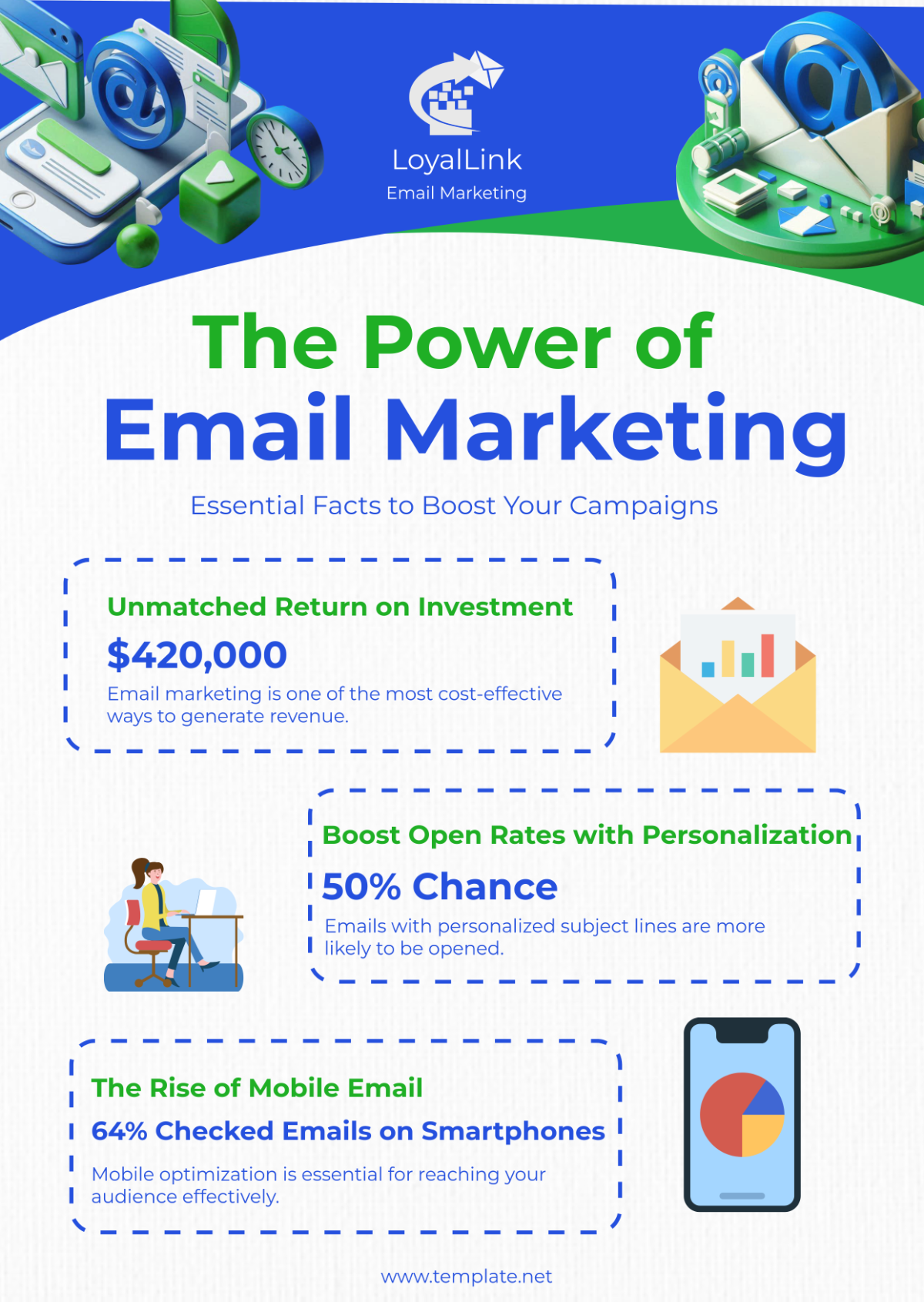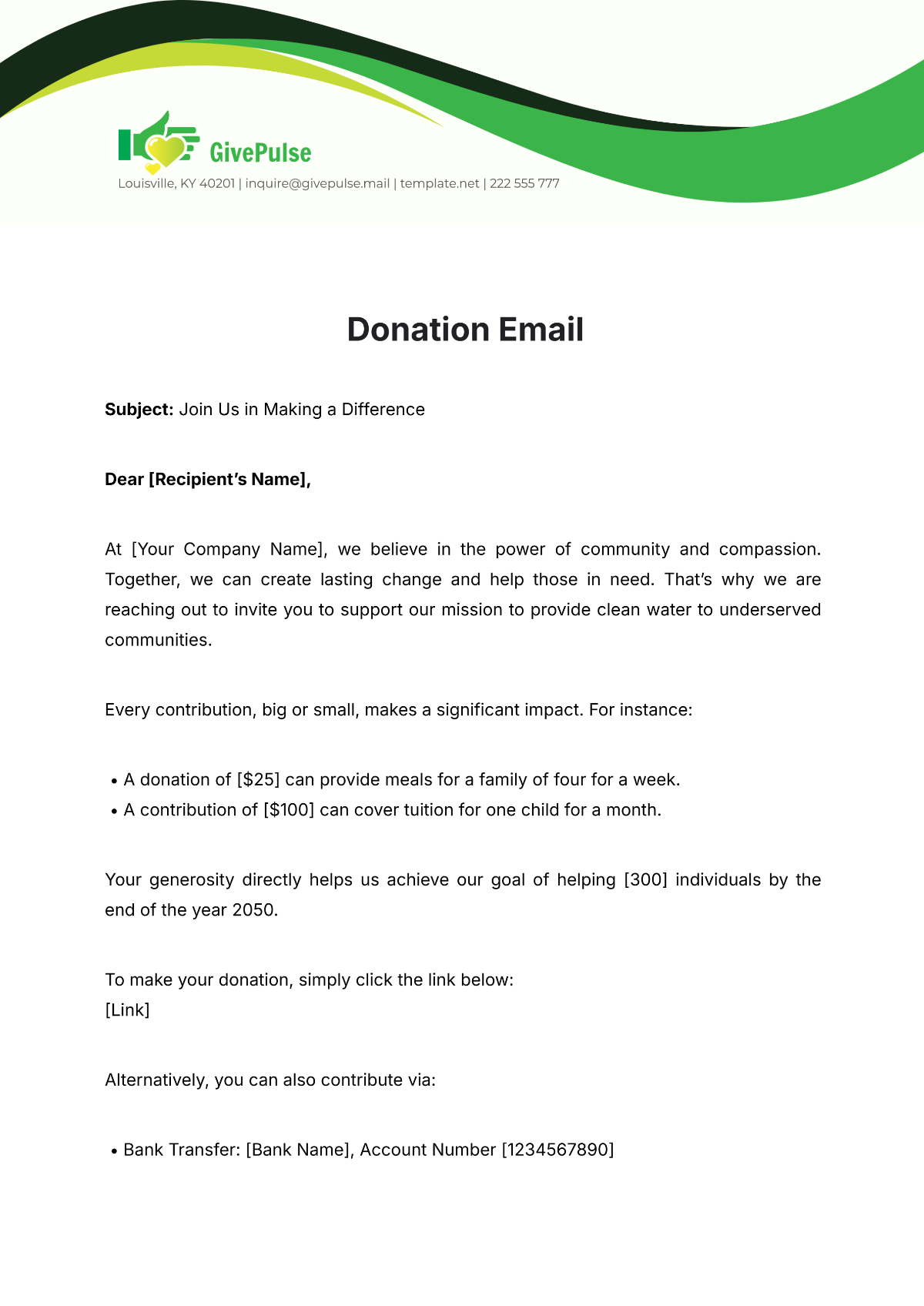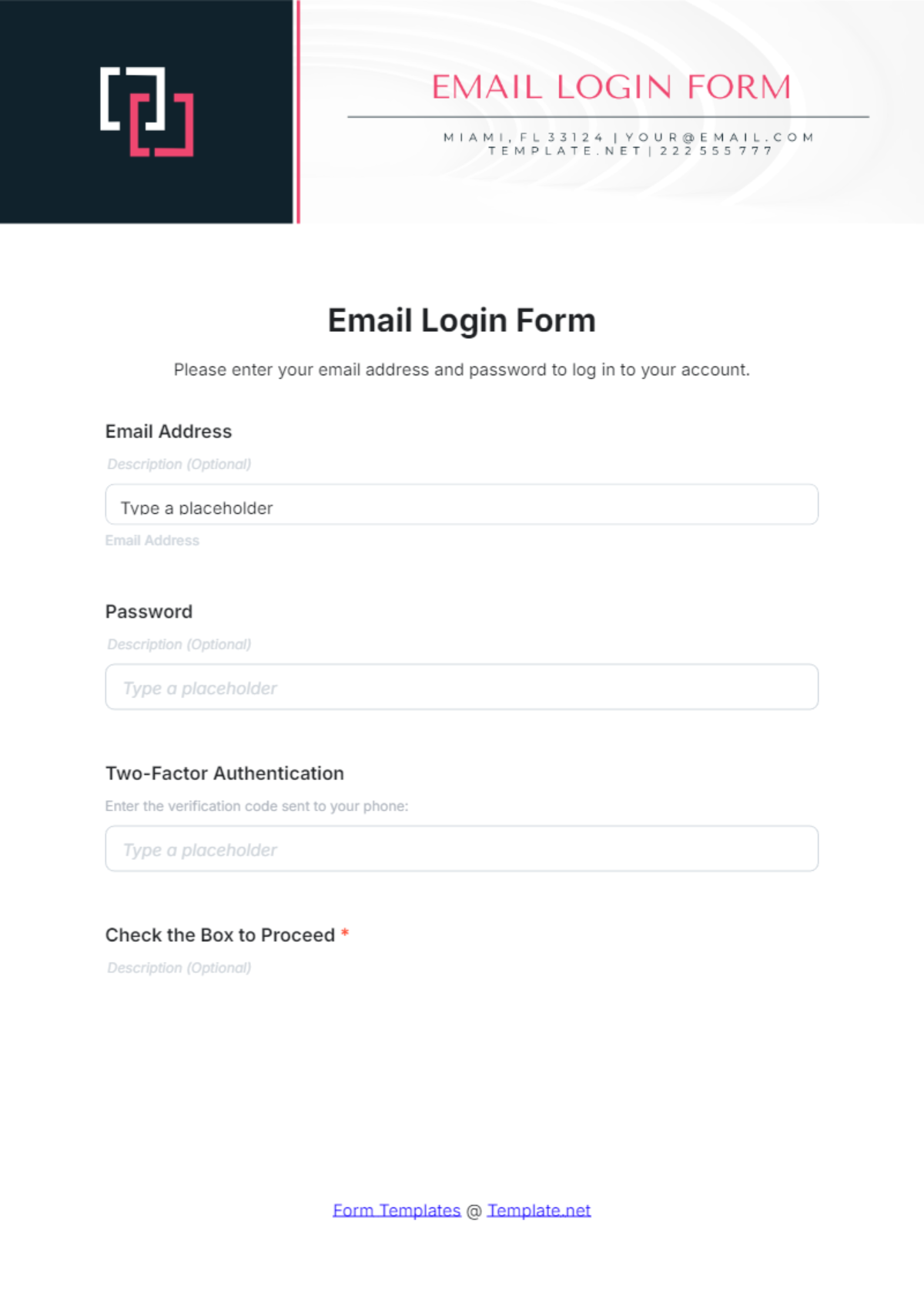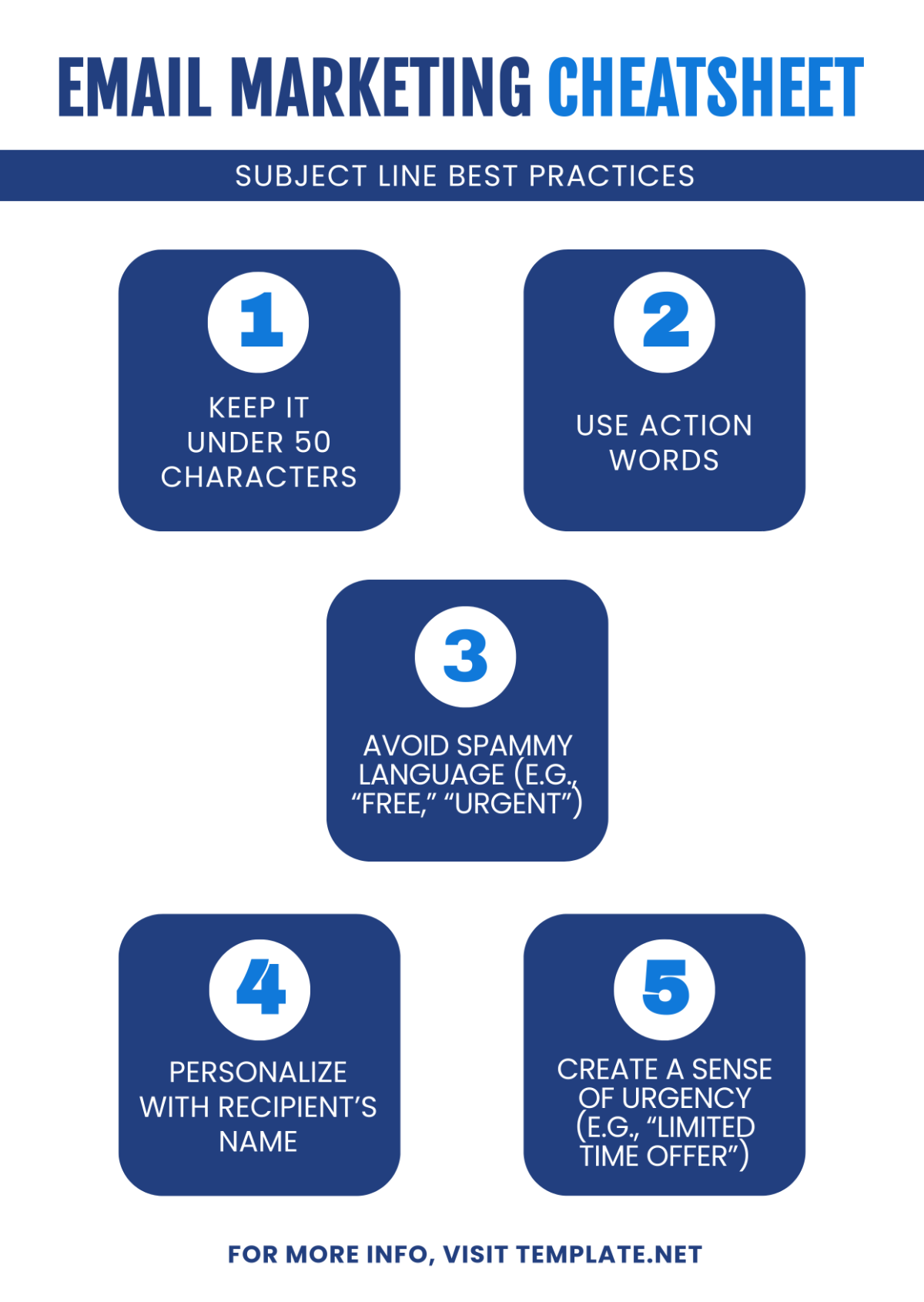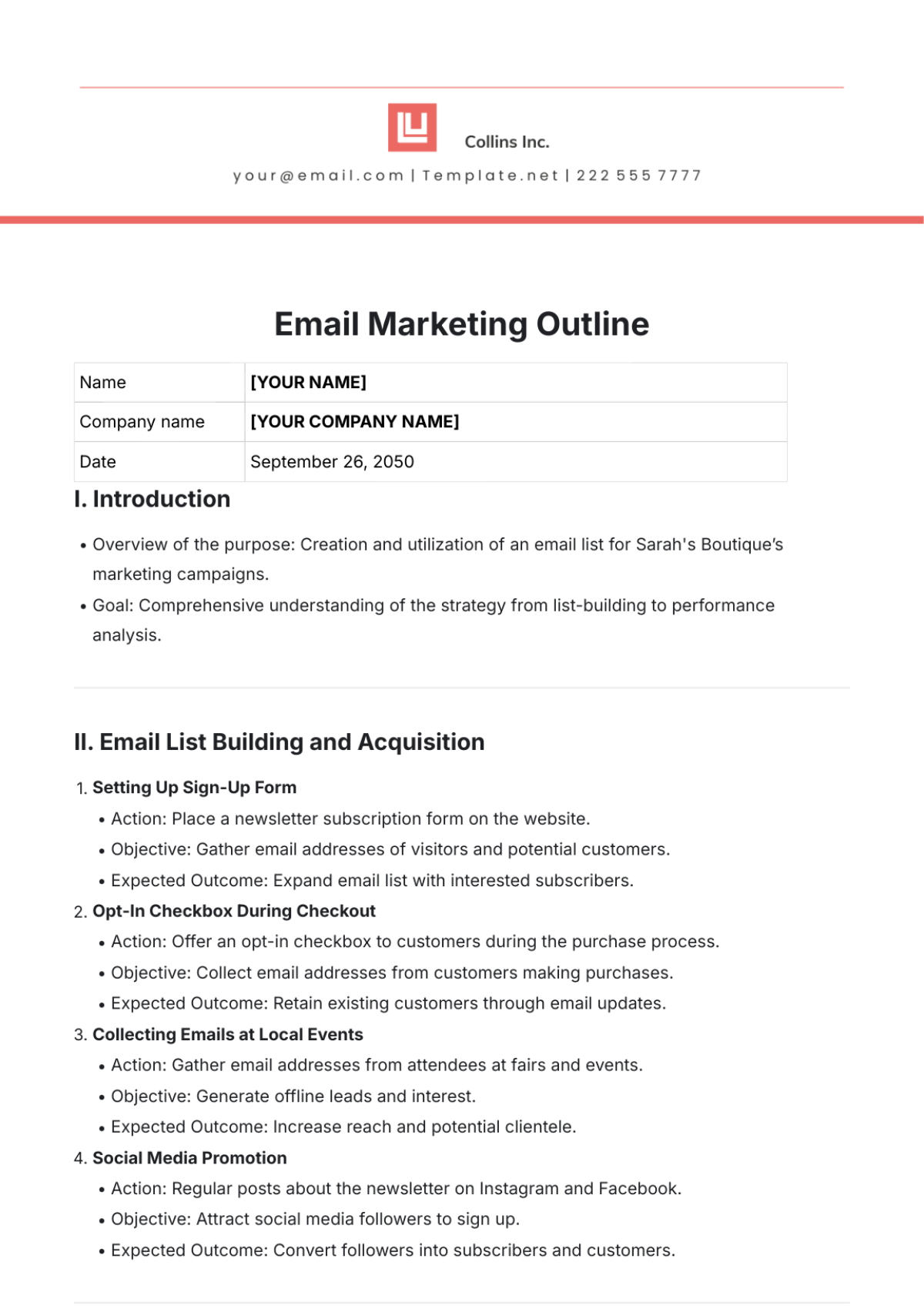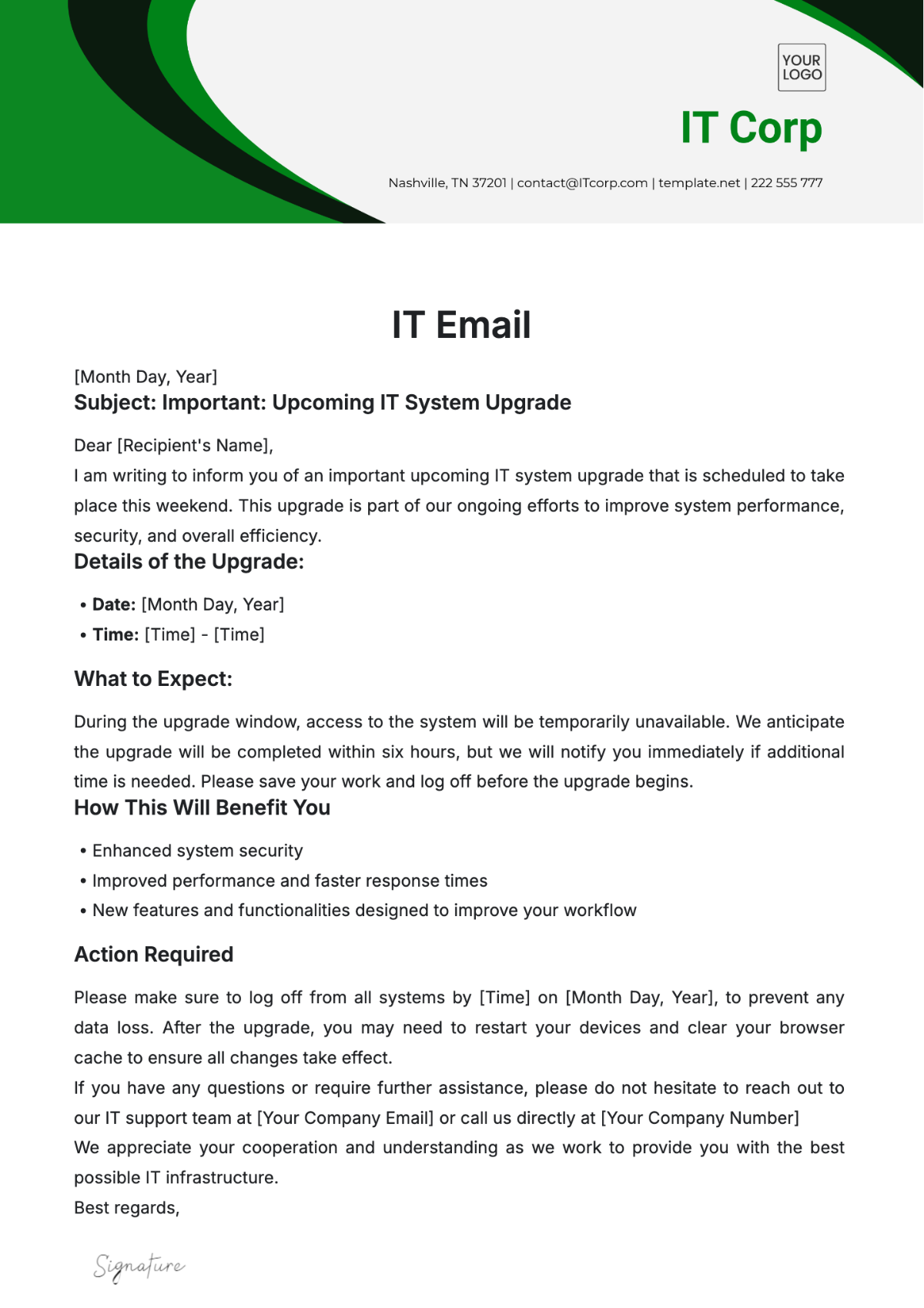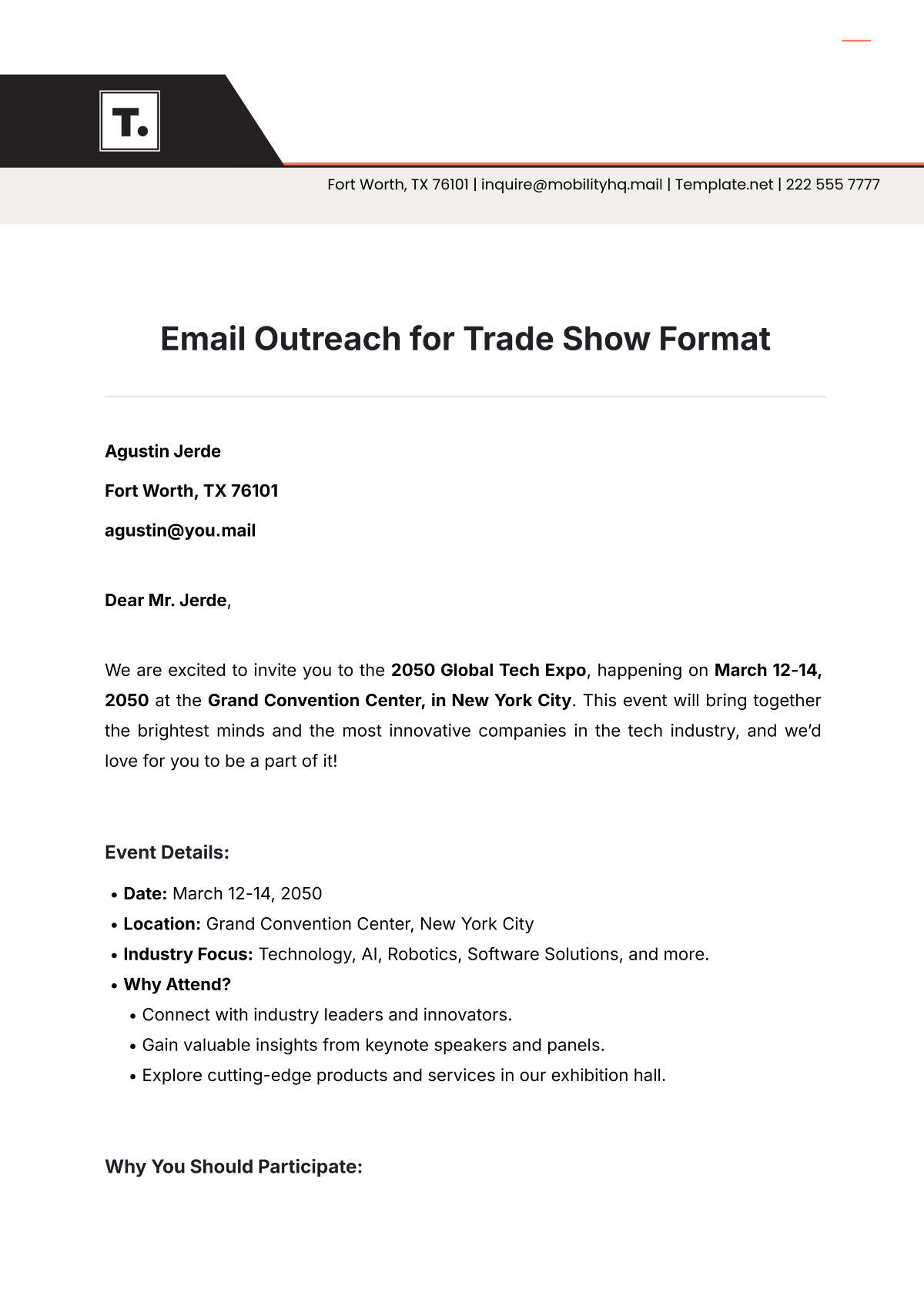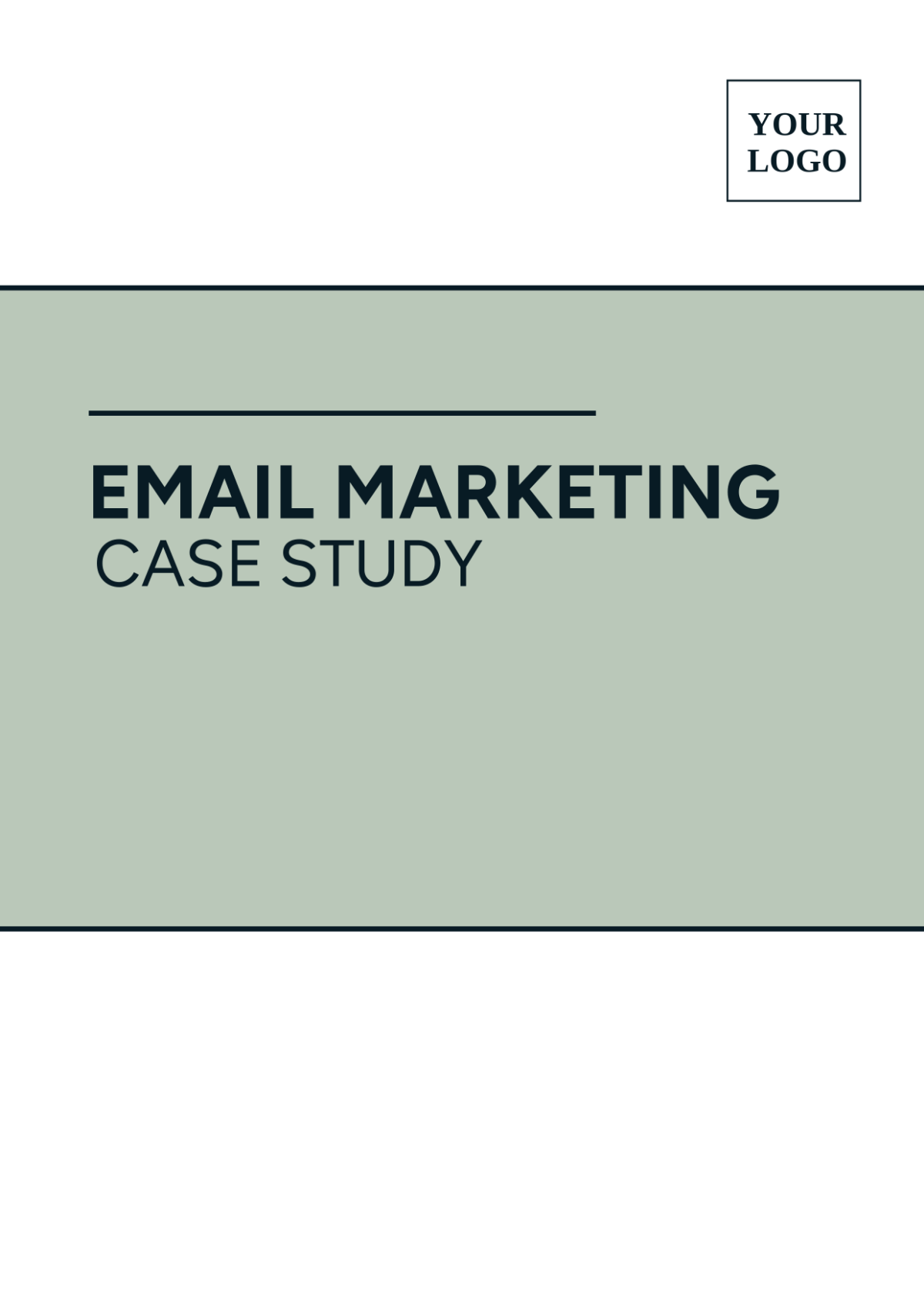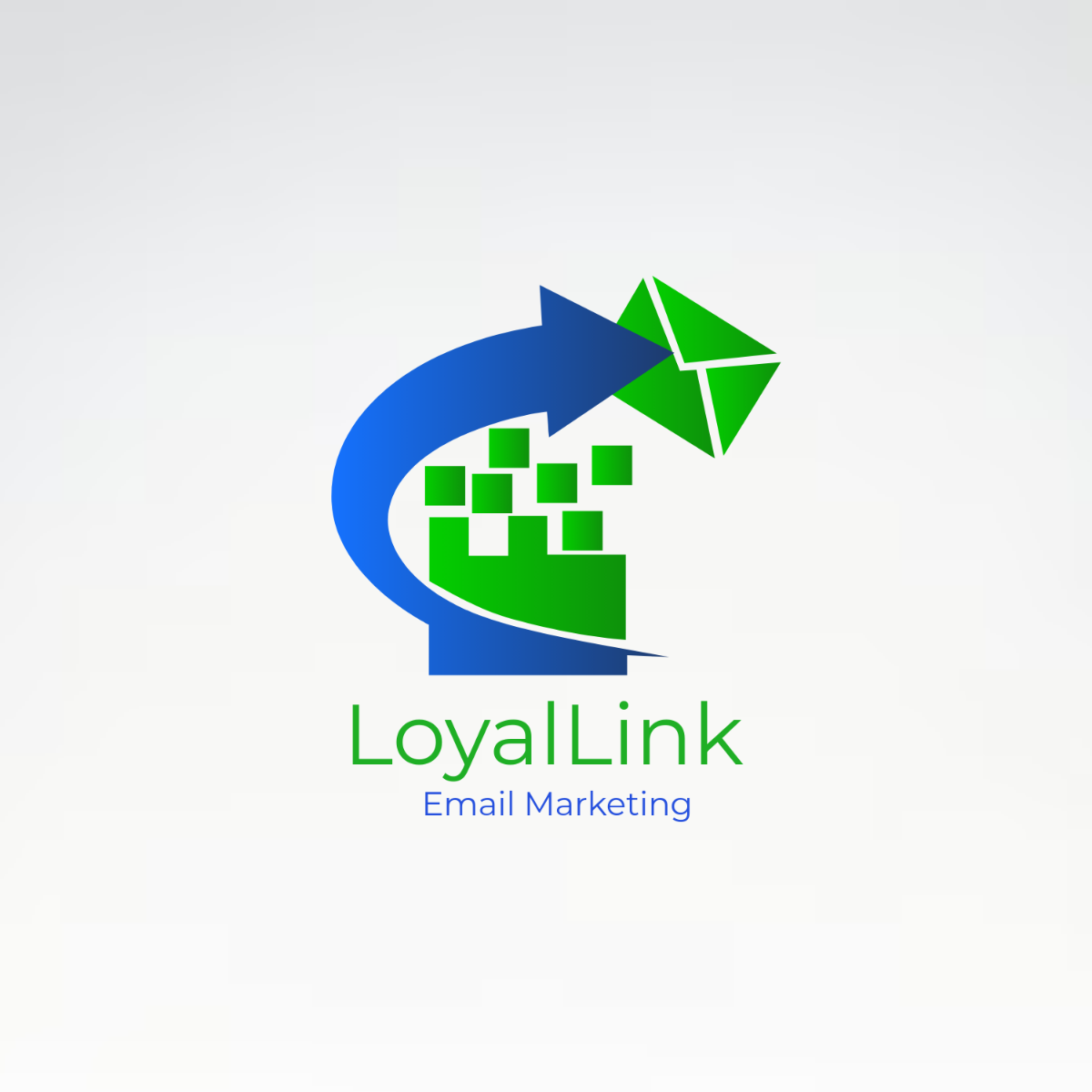Email Marketing Feasibility Study: Implementing New Tools
Introduction
[Your Company Name], a leading marketing powerhouse, continues to pioneer innovation in the digital marketing landscape. In an era where customer engagement and personalization are paramount. The company recognizes the pivotal role that email marketing plays in achieving these objectives. With a legacy of excellence that extends well beyond [Year], the company is poised to embark on a transformative journey to revitalize its email marketing strategies.
Executive Summary
This feasibility study assesses the viability of implementing new tools for email marketing at [Your Company Name] beyond the year [Year]. The objective is to enhance the company's email marketing efforts to remain competitive in the ever-evolving digital landscape. The study evaluates technical, economic, operational, legal, and scheduling aspects to determine whether the proposed changes are feasible.
Objectives
By addressing these objectives, the company seeks not only to optimize its internal processes but also to deliver enhanced value to customers, while maintaining ethical integrity and competitive agility:
1. Technical Excellence: To rigorously evaluate the technical feasibility of integrating advanced email marketing tools and technologies. This includes a comprehensive assessment of the compatibility of new tools with existing systems, infrastructure readiness, and potential technological bottlenecks.
2. Economic Viability: To conduct an in-depth economic feasibility analysis, considering not only the initial investment but also the long-term cost-benefit analysis. This involves quantifying the potential return on investment (ROI), cost savings, and revenue growth resulting from improved email marketing effectiveness.
3. Operational Optimization: To assess the operational impact of the proposed changes on [Your Company Name]. This includes a detailed examination of how the implementation of new tools will affect daily operations, employee workflows, and customer interactions. Strategies for managing this transition effectively will be outlined.
4. Compliance and Ethical Considerations: To identify and address any legal and regulatory challenges associated with the new tools. This objective includes ensuring that the company adheres to data privacy laws, email marketing regulations, and ethical standards. Clear guidelines for maintaining transparent data practices will be established.
5. Customer-Centricity: To place the customer at the center of the email marketing transformation. The objective is to enhance customer engagement, satisfaction, and loyalty by leveraging new tools to create personalized and meaningful interactions.
6. Sustainability: To consider the environmental impact of email marketing practices and seek opportunities to minimize it. The company aims to adopt sustainable email marketing strategies, reducing carbon footprints and aligning with eco-conscious consumer preferences.
Methodology
The methodology employed in this feasibility study is a well-structured and comprehensive approach, designed to yield precise insights into the feasibility of implementing new email marketing tools at [Your Company Name]. It encompasses the following key steps:
1. Desk Research:
a. Market and Industry Analysis: Extensive research into the current state of the digital marketing industry, with a particular focus on email marketing trends, emerging technologies, and best practices.
b. Competitive Benchmarking: A detailed examination of the strategies and tools adopted by competitors or industry leaders in email marketing, identifying areas where the company can gain a competitive advantage.
c. Regulatory Landscape: In-depth analysis of legal and regulatory frameworks governing email marketing, ensuring compliance and ethical practices.
2. Internal Data Review:
a. Historical Performance Analysis: An evaluation of past email marketing campaigns, assessing metrics such as open rates, click-through rates, conversion rates, and customer engagement. This provides a baseline for measuring the impact of new tools.
b. Infrastructure Assessment: An examination of the current technical infrastructure, including hardware, software, and data storage capabilities, to determine readiness for implementing new tools.
c. Staff Skill Assessment: An evaluation of the existing skill set of [Your Company Name]'s marketing team to identify training needs and potential gaps in knowledge.
3. Technical Assessment:
a. Software and Tool Evaluation: A thorough assessment of the technical specifications, compatibility, and functionality of the proposed new email marketing tools.
b. Integration Analysis: Evaluating the technical feasibility of integrating these tools into the existing infrastructure, including potential challenges and solutions.
4. Operational Impact Assessment:
a. Workflow Analysis: A mapping of current marketing workflows to identify areas that will be impacted by the introduction of new tools.
b. Change Management Strategy: Development of a change management plan to ensure a smooth transition for employees and minimize disruption during the implementation phase.
Current State of Email Marketing
At present, [Your Company Name] employs email marketing as a central component of its digital communication strategy. While the company has achieved commendable results with its existing practices, it's imperative to delve deeper into the current state of email marketing to better understand areas for improvement and innovation.
1. Email List and Subscriber Base: The company maintains a substantial email subscriber list with [00,000] active contacts. This list has experienced steady growth, reflecting the effectiveness of past email marketing efforts. Subscriber segmentation is employed to categorize recipients based on demographic, behavioral, and engagement criteria. This allows for more targeted email campaigns.
2. Content and Campaigns: The company regularly sends newsletters containing product updates, promotions, and informative content relevant to the target audience. These newsletters are designed to be visually appealing and mobile-responsive. Email campaigns are executed on a regular schedule, with [000] campaigns sent per month on average. The frequency aligns with audience preferences and business goals.
3. Performance Metrics: The average open rate for [Your Company Name]'s email campaigns is approximately [00]%, which is competitive within the industry. The CTR hovers around [00]%, indicating that recipients are actively engaging with the content. While the conversion rate is healthy, there is potential for improvement through more personalized and targeted campaigns.
4. Automation and Personalization: The company employs basic automation for welcome emails and birthday greetings. However, the full potential of automation for nurturing leads and delivering personalized content has yet to be harnessed. Personalization efforts primarily involve addressing recipients by their first name. There is room for improvement in tailoring content and recommendations based on individual preferences and behavior.
5. Data Analytics: The company tracks key performance metrics, but the analysis is mostly retrospective. Real-time data analytics for campaign performance is an area that warrants enhancement. While data is collected, there is an opportunity to leverage advanced analytics to gain deeper insights into customer behavior, preferences, and predictive analytics for future campaigns.
6. Compliance and Security: The company diligently adheres to email marketing regulations, including obtaining consent and providing clear opt-out options. Customer data is securely stored and protected, with regular audits to ensure compliance with data protection standards.
Proposed New Tools
We propose the strategic integration of a suite of cutting-edge tools and technologies. These tools are carefully selected to empower [Your Company Name] to create highly personalized, automated, and data-driven email marketing campaigns that resonate with each recipient. The proposed new tools include:
Tool | Benefits |
AI-Driven Personalization Engine |
|
Marketing Automation Platform |
|
Advanced Data Analytics Suite |
|
Dynamic Content Creation Tools |
|
These proposed new tools collectively represent a quantum leap in email marketing capabilities for [Your Company Name]. They empower the marketing team to deliver personalized, automated, and data-driven email campaigns that transcend conventional communication methods.
Feasibility Analysis
The feasibility analysis for implementing the proposed new email marketing tools at [Your Company Name] encompasses a multi-dimensional evaluation, spanning technical, economic, operational, legal, and scheduling considerations. This in-depth analysis aims to provide a clear and robust assessment of the feasibility of this transformative initiative beyond [Year].
1. Technical Feasibility
a. Compatibility Assessment: A rigorous evaluation of the compatibility of the proposed tools with the company's existing technical infrastructure.
b. Integration Complexity: An assessment of potential integration challenges and the need for custom development or third-party solutions.
c. Resource Availability: Ensuring that the necessary technical resources, including hardware and software, are readily accessible and can support the new tools.
2. Economic Feasibility
a. Initial Investment: A detailed breakdown of the initial investment required for acquiring and implementing the new email marketing tools.
b. Long-Term Costs: An estimation of ongoing operational costs, including software licenses, maintenance, and staff salaries.
c. ROI Projection: A comprehensive projection of the potential return on investment, considering increased revenue, cost savings, and efficiency gains over a multi-year period.
3. Operational Feasibility
a. Workflow Mapping: An analysis of how the proposed changes will impact current marketing workflows, including content creation, campaign management, and reporting.
b. Change Management Strategy: Development of a comprehensive change management plan to facilitate a smooth transition, minimize disruption, and ensure that employees adapt effectively to the new tools.
c. Resource Planning: Identification and allocation of resources, both human and financial, required for successful implementation.
4. Legal and Regulatory Feasibility
a. Regulatory Compliance: A comprehensive review of legal and regulatory requirements related to email marketing, ensuring strict adherence to data privacy laws, anti-spam regulations, and consent management.
b. Data Protection Measures: Verification of data security and protection measures to safeguard customer data and maintain compliance with industry standards.
5. Schedule Feasibility
a. Resource Scheduling: Efficient allocation of resources to meet project timelines. Contingency planning to address potential delays or unforeseen challenges.
This analysis underscores the thoroughness and diligence of [Your Company Name] in assessing the viability of implementing the proposed email marketing tools. By delving into each aspect of feasibility, the company is poised to make informed decisions regarding this transformative initiative.
Recommendations
Based on the findings of this feasibility study, the following recommendations are put forth to guide [Your Company Name] in the implementation of the proposed new email marketing tools:
1. Immediate Implementation: Commence the implementation phase without delay, capitalizing on the positive outcomes of the feasibility analysis. Ensure that the technical infrastructure is prepared for a seamless integration process, encompassing the acquisition of necessary hardware and software licenses while also securing adequate IT support. Simultaneously, initiate training programs for both the marketing and IT teams to equip them with the skills and expertise required to operate the new tools effectively.
2. Continuous Improvement: Embrace a culture of data-driven decision-making, committing to regular analysis of performance metrics and customer data. Implement A/B testing methodologies to continuously refine email content, subject lines, and engagement strategies. Iteratively improve strategies based on insights gained from testing. Additionally, refine and expand marketing automation workflows to maximize efficiency and provide relevant content at every stage of the customer journey.
3. Regulatory Compliance and Ethical Practices: Maintain vigilance concerning evolving legal and regulatory requirements in the email marketing landscape. Adapt practices accordingly to ensure strict compliance while also upholding ethical standards. Focus on transparent customer consent management, ensuring that opt-in processes are user-friendly and well-communicated.
4. Data Security and Privacy: Prioritize data security and privacy, conducting regular audits of data handling processes. Ensure that customer data is securely stored and protected at all times to maintain customer trust.
5. Customer-Centric Focus: Keep the customer at the center of email marketing efforts. Utilize the advanced personalization capabilities of the new tools to create tailored, meaningful interactions that enhance customer engagement and loyalty.
Conclusion
The feasibility study demonstrates that implementing new tools for email marketing at [Your Company Name] is both technically and economically feasible. The operational impact can be managed, legal and regulatory compliance can be maintained, and the project can be completed within the proposed timeline. The potential benefits in terms of improved marketing effectiveness and revenue growth make this initiative a worthwhile investment.

